By Nina Underman
<[email protected]>
Junior Bradley “Brad” Ellis knows first-hand how easily germs can be spread in a school environment. A wrestler for this school, Ellis woke up one morning during his freshman year and noticed large red bumps on his head and face. He had what is known as a staph infection, caused by the common Staphylococcus aureus bacteria.
“Everyone has staph on their body,” Ellis said. “If you have a cut on your body, the staph gets in the cut, and that’s when you get your infection.”
Ellis said he got his staph infection after wrestling an infected student from another school. Although Ellis was only infected for about a week, he said, “Sometimes it can be bad enough where you can be hospitalized, and people have even died from it.”
But wrestling rooms are not the only places where germs lurk in a school.
Each day as students stream through the doors, they enter an environment where they will be exposed to more than just a high school education.
From desks to drinking fountains, backpacks to cell phones, germs are everywhere. Bacteria and viruses lurk in just about every part of the school, especially those frequently touched by students. Spread in the air or through contact with a contaminated object, avoiding germs in a school setting, especially in one with over 4,000 students, is impossible.

What, then, is a concerned student to do? While there is no need to panic, recent H1N1 (swine flu) outbreaks have increased awareness about infectious diseases and the spread of germs in schools. Knowing which areas and items in this school are more prone to bacterial and viral infections can be beneficial in preventing the spread of diseases and lead to more informed, healthier students.
According to Dave Dowell, science department chairperson, the most germ-prone items in the school are the drinking fountains, followed by the bathroom faucets.
“When people touch those faucets with dirty hands after using the bathroom, there’s just no way around spreading bacteria,” Dowell said.
Head nurse Carol Gelatt said the most germ-infested things at this school are student’s hands.
“Anywhere your hands touch, doorknobs, desks, is a way to spread infection and bacteria,” she said.
According to Gelatt, items students use every day such as cell phones, pens and pencils, lockers, I.D. cards, gym weights and mats, textbooks, desks, money and make-up are all covered in bacteria and germs capable of causing infection.
To prevent the spread of some of these germs, head custodian Jack Landers said that virtually everything in the school gets cleaned on a daily basis. “The custodians that are here during the day shift go around after every passing period, clean restrooms, hallways, that kind of stuff, and they just keep wiping them down,” Landers said.
But even with constant cleaning, schools are still filled with disease-causing agents. In a 2006 segment of “Good Morning America,” microbiologist Robert Donofrio tracked and analyzed common areas in a Tennessee elementary school using a hand-held germ meter. The meter offers an estimate of the total number of microorganisms present. Any reading above 300 meant bacteria and pathogens were thriving.
The water fountain had a reading of 2,335. The computer mouse read 9,838. The basketball used in gym class? 13,987. In comparison, the toilet seat had the lowest reading of the day. According to Donofrio, although these counts may seem high, they are likely not much different from those in any American school.
Dowell, Gelatt and Landers all said the key to not getting sick from germs is to practice frequent and efficient handwashing.
“You’re not going to get sick from touching something someone else has touched and getting germs on your hands,” Dowell said. “Where you get sick is when you rub your eyes, or you put your fingers in your mouth, wherever there’s some type of membrane that allows those types of viruses and bacteria to get inside the body.”
Ellis said he now knows just how serious germs can be.
“Now that I’ve had a staph infection, I wash my hands more because germs can live very easily in many places,” Ellis said. “I used to only take a shower with a body wash, but now I use both a body wash and an antibacterial soap so I make sure to get all the bacteria off.”









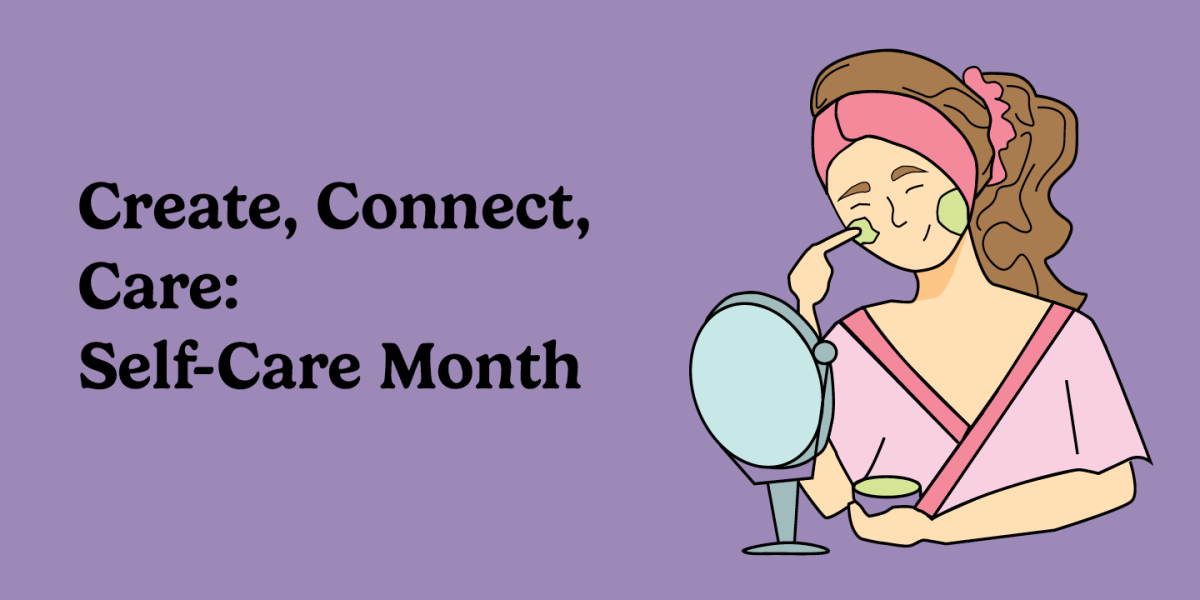








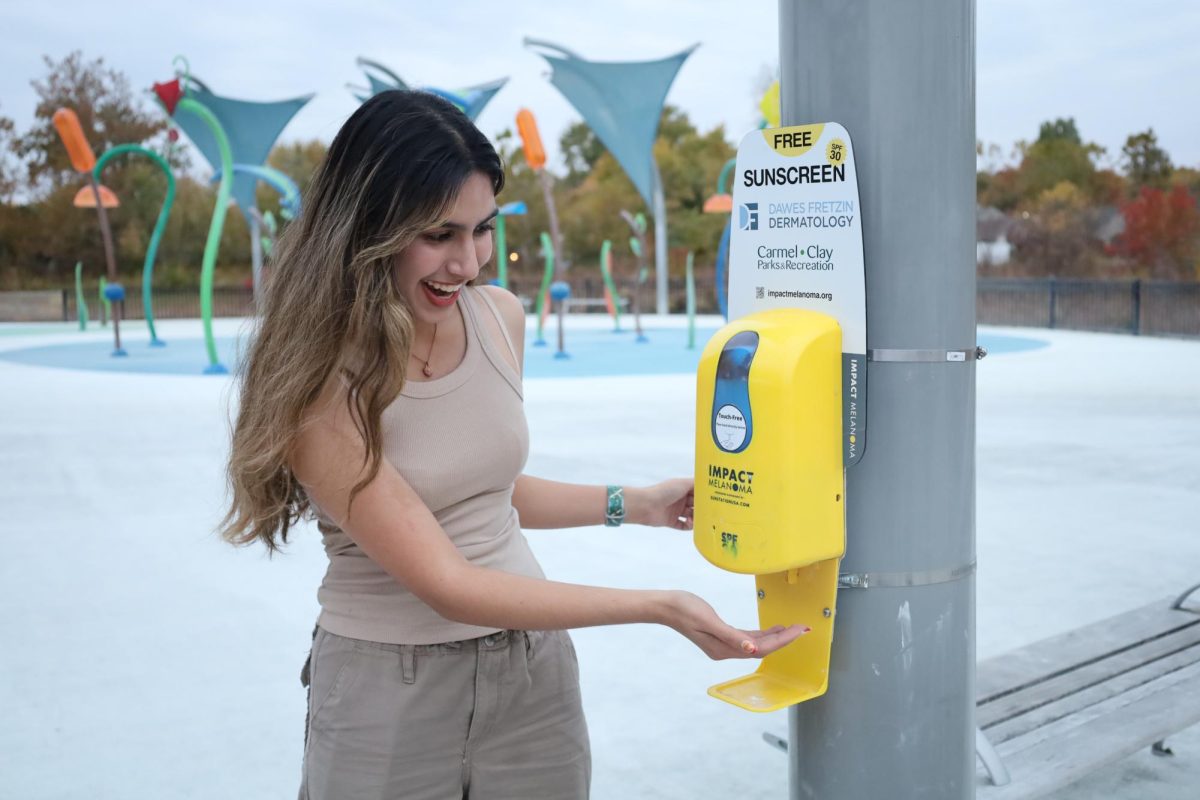



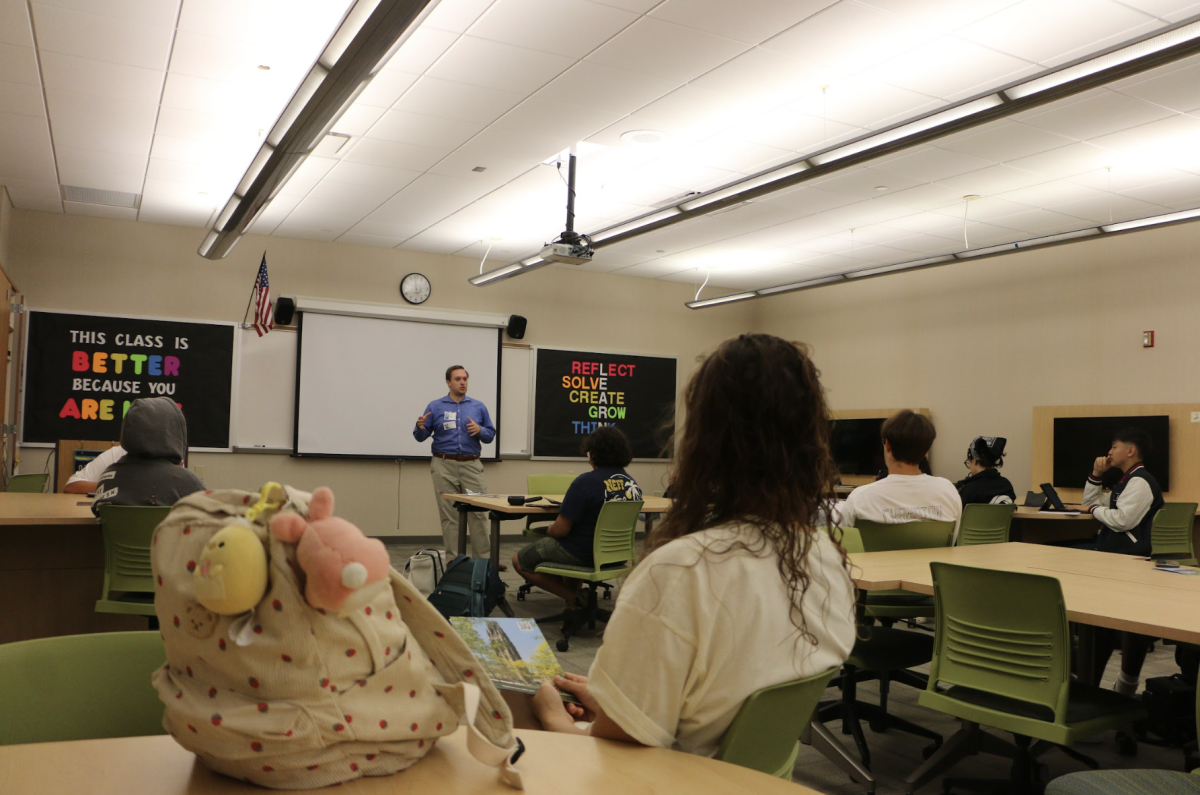








!["Wicked" poster controversy sparks a debate about the importance of accuracy versus artistic freedom [opinion]](https://hilite.org/wp-content/uploads/2024/11/riva-perspective-cover-1200x471.jpg)


![Chilling or Childish? The downfall of modern horror movies [opinion]](https://hilite.org/wp-content/uploads/2024/10/adjusted-horror-cover-1200x471.jpg)
![“Uglies” is a call for change in the YA dystopian genre [opinion]](https://hilite.org/wp-content/uploads/2024/10/Perspectives-Cover-1200x471.jpg)


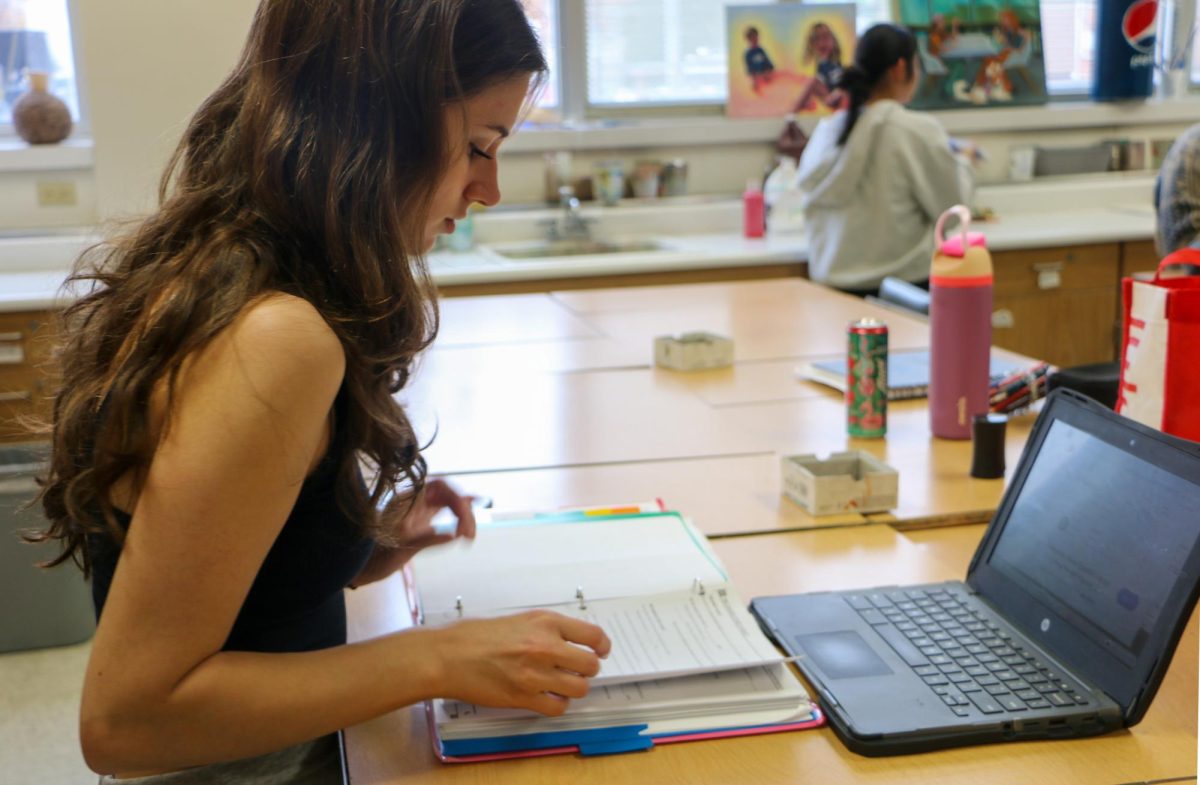

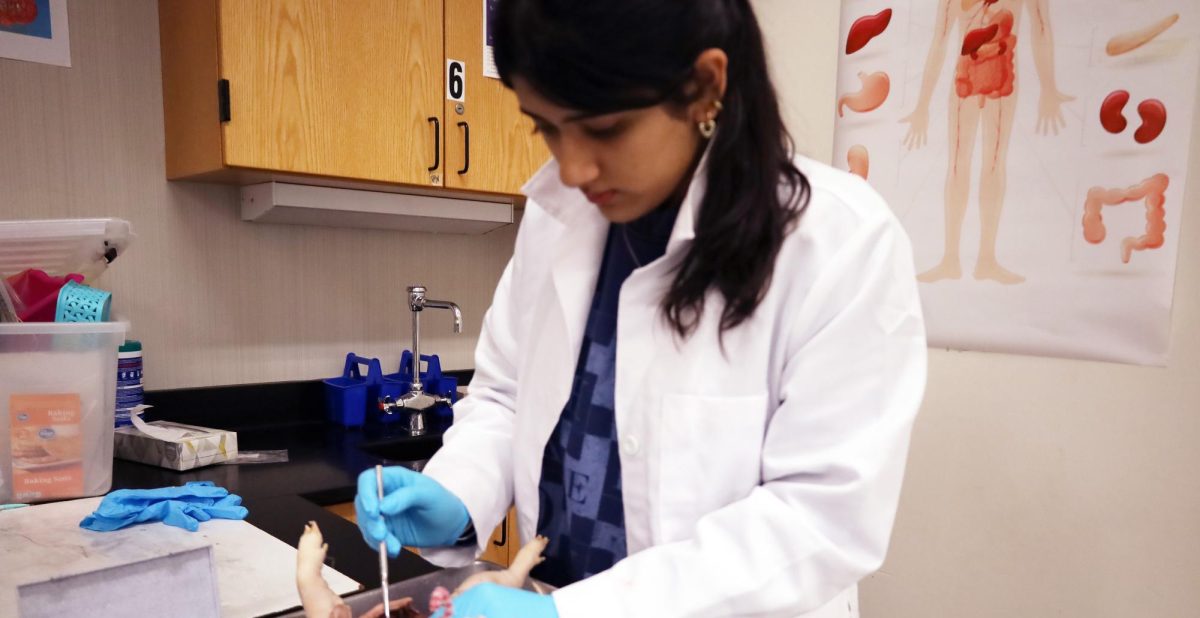







































![Review: Indy Scream Park is a perfect level of spook to kickstart the Halloween season [MUSE]](https://hilite.org/wp-content/uploads/2024/11/IMG_1383.jpg)
![Review: “Saturday Night” is a chaotic and thrilling look at the origins of “Saturday Night Live” [MUSE]](https://hilite.org/wp-content/uploads/2024/10/snl-1200x800.jpg)
![Review: “Megalopolis” is a bold, bewildering mess [MUSE]](https://hilite.org/wp-content/uploads/2024/10/MV5BYTk3MjUzMGItYmU1NC00M2YyLThmNDMtNDI4NjkxNjgzMjQzXkEyXkFqcGdeQXRyYW5zY29kZS13b3JrZmxvdw@@._V1_-1200x675.jpg)
![Review in Print: Maripaz Villar brings a delightfully unique style to the world of WEBTOON [MUSE]](https://hilite.org/wp-content/uploads/2023/12/maripazcover-1200x960.jpg)
![Review: “The Sword of Kaigen” is a masterpiece [MUSE]](https://hilite.org/wp-content/uploads/2023/11/Screenshot-2023-11-26-201051.png)
![Review: Gateron Oil Kings, great linear switches, okay price [MUSE]](https://hilite.org/wp-content/uploads/2023/11/Screenshot-2023-11-26-200553.png)
![Review: “A Haunting in Venice” is a significant improvement from other Agatha Christie adaptations [MUSE]](https://hilite.org/wp-content/uploads/2023/11/e7ee2938a6d422669771bce6d8088521.jpg)
![Review: A Thanksgiving story from elementary school, still just as interesting [MUSE]](https://hilite.org/wp-content/uploads/2023/11/Screenshot-2023-11-26-195514-987x1200.png)
![Review: "When I Fly Towards You", cute, uplifting youth drama [MUSE]](https://hilite.org/wp-content/uploads/2023/09/When-I-Fly-Towards-You-Chinese-drama.png)
![Postcards from Muse: Hawaii Travel Diary [MUSE]](https://hilite.org/wp-content/uploads/2023/09/My-project-1-1200x1200.jpg)
![Review: "Ladybug & Cat Noir: The Movie," departure from original show [MUSE]](https://hilite.org/wp-content/uploads/2023/09/Ladybug__Cat_Noir_-_The_Movie_poster.jpg)
![Review in Print: "Hidden Love" is the cute, uplifting drama everyone needs [MUSE]](https://hilite.org/wp-content/uploads/2023/09/hiddenlovecover-e1693597208225-1030x1200.png)
![Review in Print: "Heartstopper" is the heartwarming queer romance we all need [MUSE]](https://hilite.org/wp-content/uploads/2023/08/museheartstoppercover-1200x654.png)




